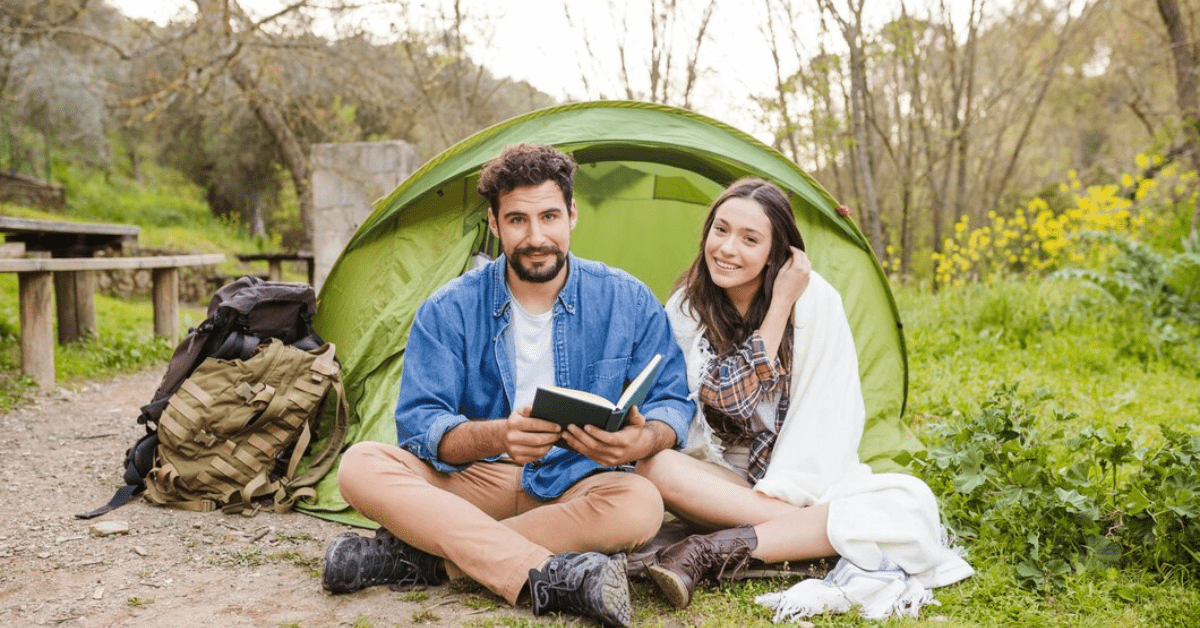Camping in the United States offers a unique opportunity to connect with nature, explore diverse landscapes, and create unforgettable memories. With thousands of campgrounds scattered across the country, each offering its own distinct charm, the question isn’t whether to go camping, but rather where to go.
To help you plan your next adventure, we have compiled a list of some of the best camping spots in the US. Whether you’re seeking the serenity of a secluded forest, the awe of towering mountains, or the thrill of coastal vistas, these top destinations have something for every camper.
Yosemite National Park, California
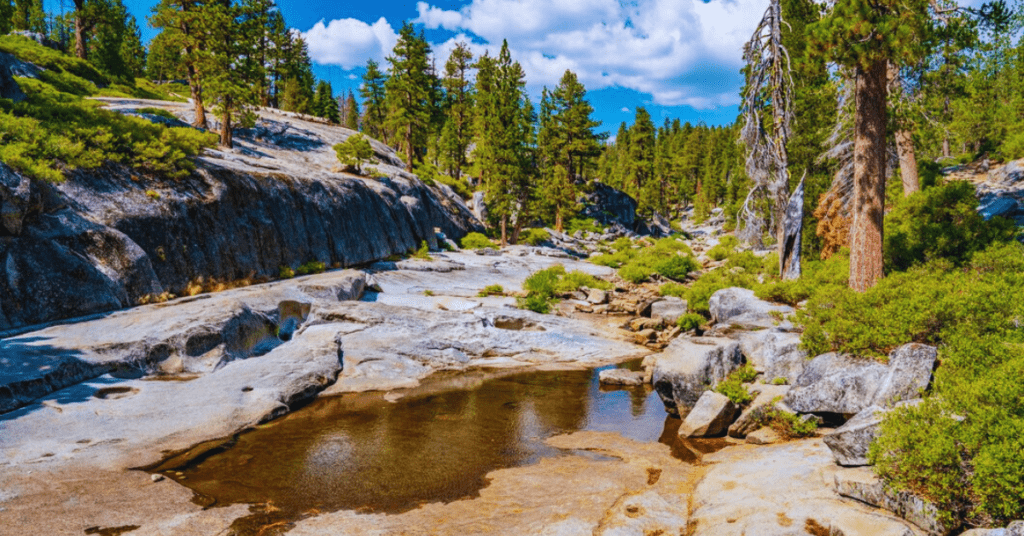
Yosemite National Park is one of the most iconic camping destinations in the United States, renowned for its breathtaking granite cliffs, majestic waterfalls, and ancient sequoias. With 13 campgrounds within the park, Yosemite offers a variety of camping experiences, from backcountry sites to family-friendly campgrounds with amenities.
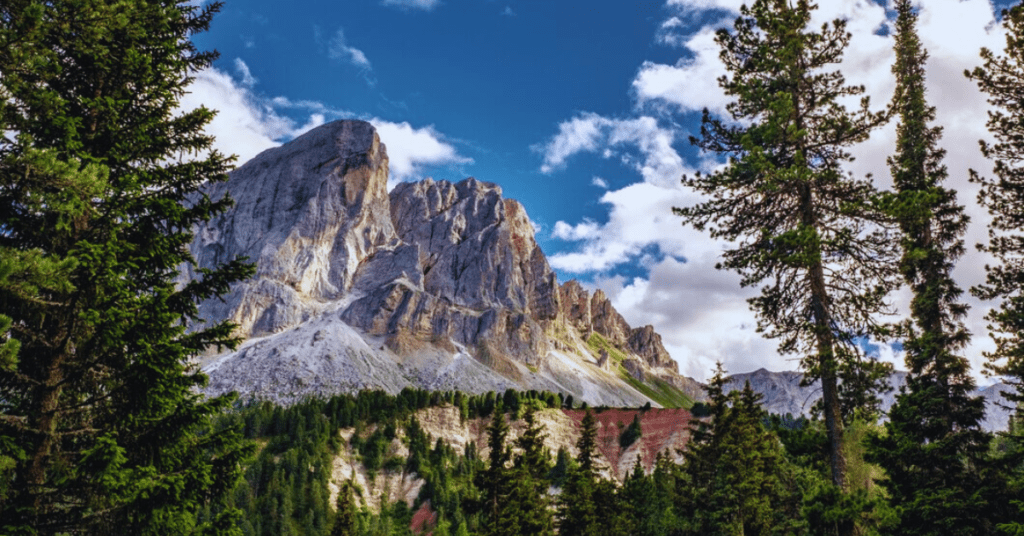
Camp 4 is a historic site popular with rock climbers, while Upper Pines Campground is conveniently located in Yosemite Valley, offering easy access to some of the park’s most famous landmarks like El Capitan and Half Dome. Whether you’re an experienced adventurer or a first-time camper, Yosemite’s unparalleled beauty makes it a must-visit destination.
Great Smoky Mountains National Park, Tennessee/North Carolina
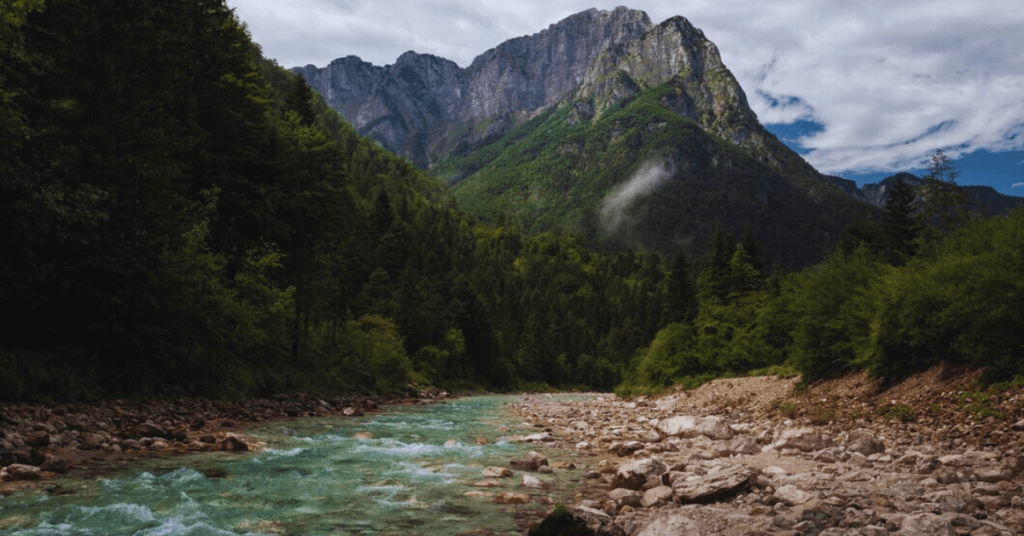
Straddling the border between Tennessee and North Carolina, the Great Smoky Mountains National Park is the most visited national park in the United States. Known for its mist-covered mountains and diverse wildlife, the park offers more than 800 miles of hiking trails and numerous camping options.
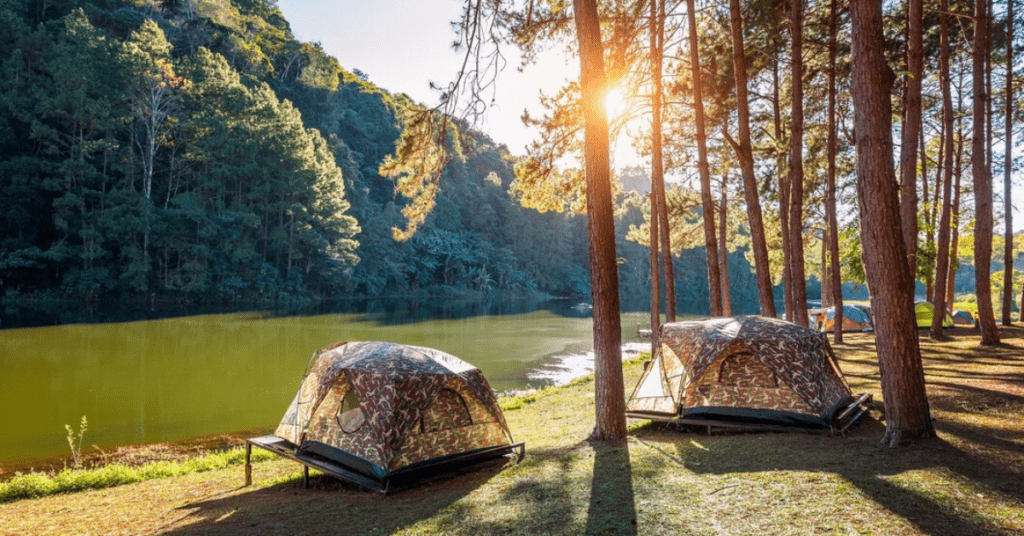
The Cades Cove Campground is particularly popular, offering scenic views of the surrounding mountains and opportunities to see wildlife such as black bears and white-tailed deer. For a more secluded experience, consider the Cataloochee Campground, which is located in a more remote part of the park and is perfect for spotting elk and exploring historic buildings.
Glacier National Park, Montana
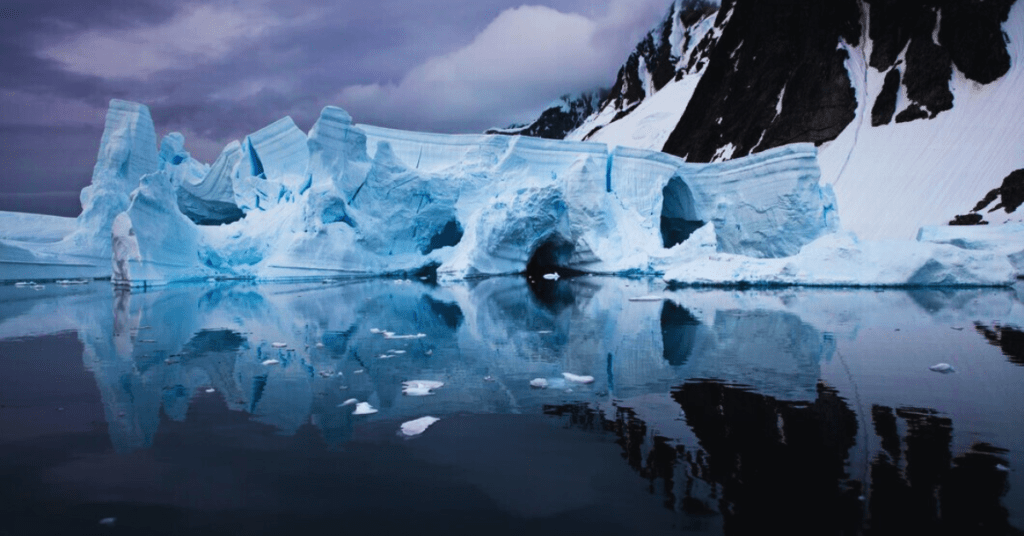
Glacier National Park in Montana is often referred to as the “Crown of the Continent,” and it’s easy to see why. With its dramatic mountain landscapes, pristine lakes, and over 700 miles of hiking trails, Glacier is a paradise for outdoor enthusiasts.
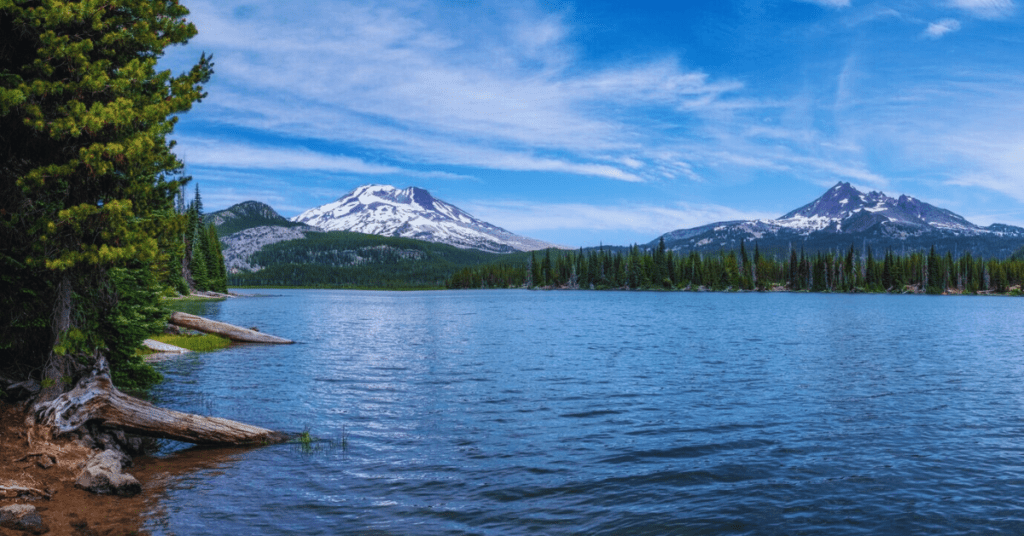
Many Glacier Campground is one of the best places to set up camp, offering stunning views of the surrounding peaks and easy access to some of the park’s most popular hikes, including the Grinnell Glacier and Iceberg Lake trails. For those seeking a more rugged experience, the park also offers numerous backcountry campsites that require a permit.
Zion National Park, Utah
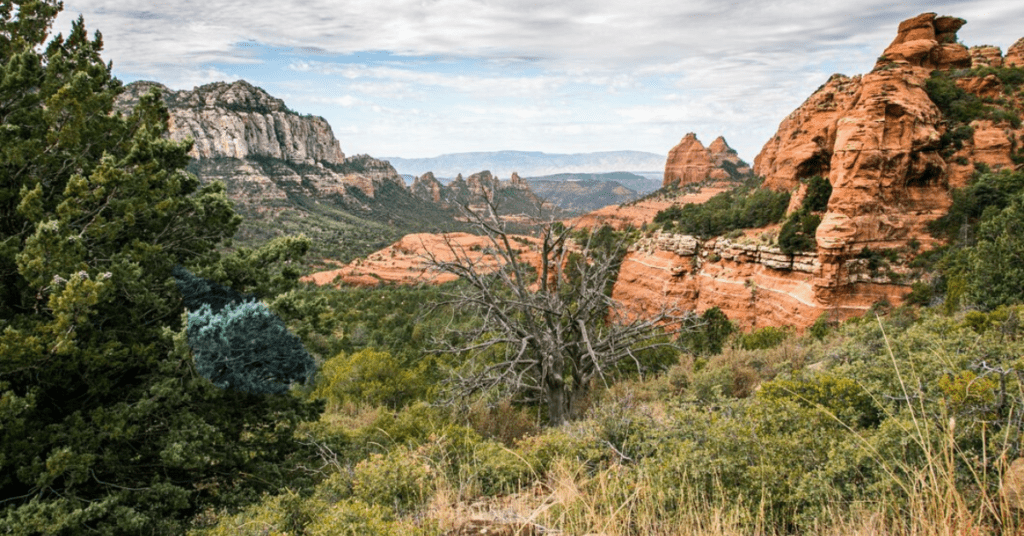
Located in southwestern Utah, Zion National Park is known for its towering red rock formations, narrow slot canyons, and vibrant desert landscape. The park’s Watchman Campground is one of the most popular spots for camping, offering modern amenities and proximity to the park’s main attractions, such as Angels Landing and The Narrows.
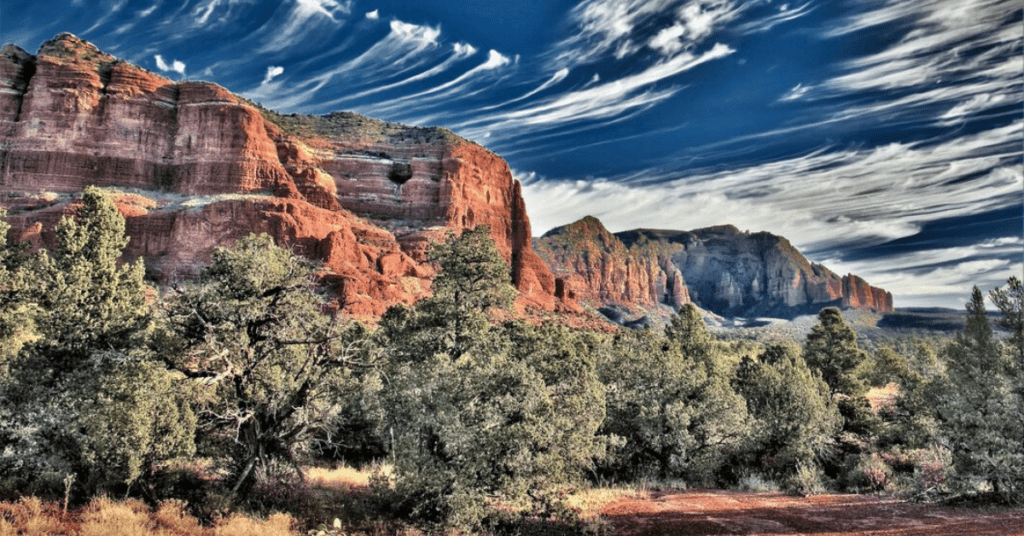
If you’re looking for a more primitive experience, the South Campground offers a quieter setting with stunning views of the surrounding cliffs. Zion’s unique topography makes it a haven for hikers, rock climbers, and photographers alike.
Conclusion & Recap
In conclusion, camping offers a unique opportunity to connect with nature, unwind from the stresses of everyday life, and create lasting memories with loved ones. Whether you’re pitching a tent in a remote wilderness area or parking your RV in a developed campground.
The experience of sleeping under the stars and waking up to the sounds of nature is truly unmatched. Throughout this guide, we’ve explored some of the best camping spots in the United States, each offering its own unique charm and opportunities for outdoor adventure.
From the towering peaks of Yellowstone and Yosemite to the ancient forests of the Great Smoky Mountains and Redwood, and the pristine lakes of Glacier and the tranquil valleys of Two Medicine and Many Glacier, there’s a camping destination to suit every taste and preference.
Whether you’re seeking rugged adventure, tranquil relaxation, or a bit of both, these camping spots provide the perfect backdrop for unforgettable experiences in the great outdoors. So pack your gear, hit the trails, and let the adventure begin
Frequently Asked Questions
Can I Bring My Pet Camping?
Many campgrounds allow pets, but it’s essential to check their specific pet policies before bringing your furry friend along. Some campsites may have restrictions on the size or breed of pets, while others may require pets to be kept on a leash at all times. Additionally, make sure to pack essentials like food, water, and bedding for your pet to ensure their comfort during your camping trip.
What Should I Do if I Encounter Wildlife at My Campsite?
Encountering wildlife can be an exhilarating experience, but it’s essential to remember that wild animals should be observed from a safe distance. If you encounter wildlife at your campsite, remain calm and avoid approaching or feeding them. Keep all food securely stored in animal-proof containers, and if necessary, slowly back away to give the animal space. Always follow the guidelines provided by park rangers and campground staff for interacting with wildlife.
Are Campfires Allowed at This Campground?
Campfire policies vary depending on the campground and local regulations. Some campsites may allow campfires in designated fire rings or pits, while others may have temporary bans during dry or high-risk periods. Before starting a campfire, always check with campground staff or park rangers to ensure that fires are permitted and learn about any specific guidelines or restrictions in place. Remember to practice proper fire safety and always fully extinguish your fire before leaving your campsite or going to sleep.
What Are the Best Times of Year to Camp in This Area?
The best time to go camping depends on factors such as weather, crowds, and seasonal activities. In some regions, summer may be the most popular time for camping due to warmer temperatures and longer daylight hours, while in others, spring or fall may offer more comfortable weather and fewer crowds. Additionally, certain activities like hiking, fishing, or wildlife viewing may be best enjoyed during specific seasons. Researching the climate and seasonal highlights of your chosen camping destination can help you plan the perfect outdoor adventure.
What Should I Do in Case of Emergency While Camping?
While camping, it’s essential to be prepared for emergencies and know what to do in case of unexpected situations. Before your trip, familiarize yourself with the location of the nearest medical facilities, emergency services, and evacuation routes. Pack a first aid kit, emergency supplies, and a means of communication such as a cell phone or two-way radio. If an emergency occurs, remain calm, assess the situation, and follow any emergency protocols provided by campground staff or park rangers. Additionally, make sure to inform someone outside of your camping group about your itinerary and expected return date, so they can alert authorities if necessary.
